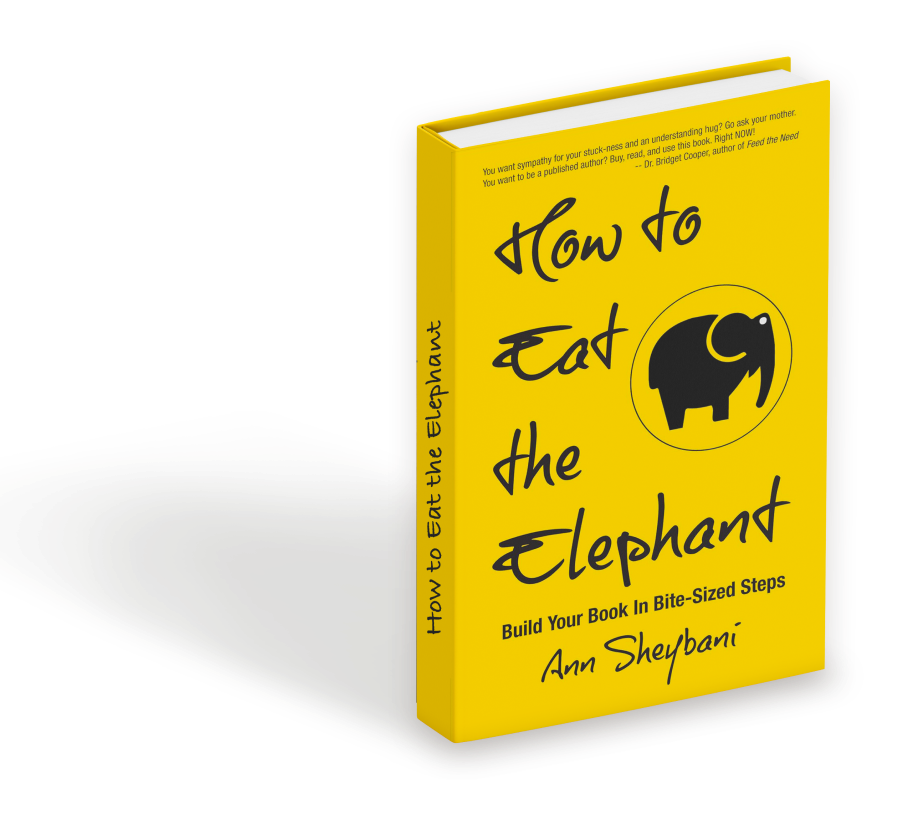There’s something wonderful about writing a non-fiction book—how-to, self-help, or motivational, just to name a few of the business-building genres. You get to use all sorts of formatting tricks a memoirist or novelist would kill for.
What do I mean by formatting tricks?
Well, let’s say you’re writing a book about goal-achievement. (I like that topic, don’t you?)
Maybe you start off Chapter Two by explaining SMART goals. Of course, anybody who’s anyone knows that SMART stands for—specific, measurable, actionable, realistic, and time sensitive.
You, the author, would probably explain why creating SMART goals is the way to go if you don’t want to continually fail at life; if you don’t want to make the same yearly resolution that never actualizes. Which is not only embarrassing to the resolver, but to anyone close to him or her. (God, there goes Bosco, swearing he’ll dead lift his bodyweight this year. Again. Silly fool!)
Maybe you’d tell us a story about someone (like Bosco) who never got what he wanted because he didn’t understand the whole SMART approach. Or you’d tell us about that moment in time you finally latched onto the concept and changed how you operated in the world.
But then what? Where do you go from there? How do you move into the rest of the content? (We’re assuming you want Chapter Two to be more than three pages long.)
Well, you might want to take each letter in this acronym and really dig deep.
You may want to spend a good page and a half explaining what you mean by the word ‘specific’, another page and a half explaining the word ‘measurable’.
Sure, you could transition the reader from ‘specific’ into ‘measurable’ with a sentence or ten. (And these additional sentences are where things can get pretty messy. Where skill is required.)
Or you could set the elements apart by creating subtitles.
Subtitles are formatted like this
Specific Is So Not Vague could be your first subtitle.
Then Measuring Isn’t Just For Cooks, might be your second subtitle.
(See how much fun you can have with subtitles?)
When the reader’s eye scans the page, she can see precisely where you’re expounding upon the word ‘Specific’ because she’ll pick up on the subtitle sitting nice and bold on the page. She’ll hang in there as you drone on about Sam’s exact weight at the moment he sets the resolution, and not the number on the scale he only wishes was there…
By using subtitles, you alert the reader to a subtle shift in topic, which allows her to merrily follow along.
Sure, you’re still talking about SMART goals, but readers understand that they’re looking at that first component of that acronym for a bit, then the second, and so on. They’re spending time with each for a deeper understanding. And they’re cool with that. They can see what you’re doing. That you’ve got the text under control.
As non-fiction writers, we’ve got some other great tools for organizing content, not just subtitles, that memoirists and novelists can’t employ, much to their chagrin. Oh sure, some may try to abscond with our tools, but they generally get accused of taking massive creative license. And they don’t like those accusations, sensitive beings that they are.
We have at our disposal:
- Bullet point lists
- Boxed off segments
- Graphs and charts
- Calls to action and exercises
We don’t always have to struggle to come up with just the right transitioning words or devices, we can just use one of our trusty tools, here.
How do you know if you should break out one of these tools? When they’re called for?
When you’re looking to create flow, to avoid logic leaps that leave a reader wondering if you’re in control of your content. (Wait? Where are we? He was just talking about Bosco’s 35th yearly resolution, now he’s off talking about calendaring a deadline! What is this nonsense!!!!)
Still not sure?
Ask yourself this:
- Have I shifted from one idea into another one entirely? Meaning, have I created a logic leap that needs to be bridged somehow?
- Could I use a subtitle to let the reader know that I’m leading them across the stepping-stones for a perfectly good reason, that I’ve got myself a strategy?
- Could I break a series of instructions or ideas out of paragraph form and set them apart in a bullet point list?
- Could I emphasize a concept or a lesson by setting it apart in a boxed off segment?
These formatting tools are the very best kind of mortar in that they allow you to stick semi-related bits of content together without major effort.
Start using these judiciously, and you’ll be the envy of every writer. And that’s why we do anything: to make others jealous.

